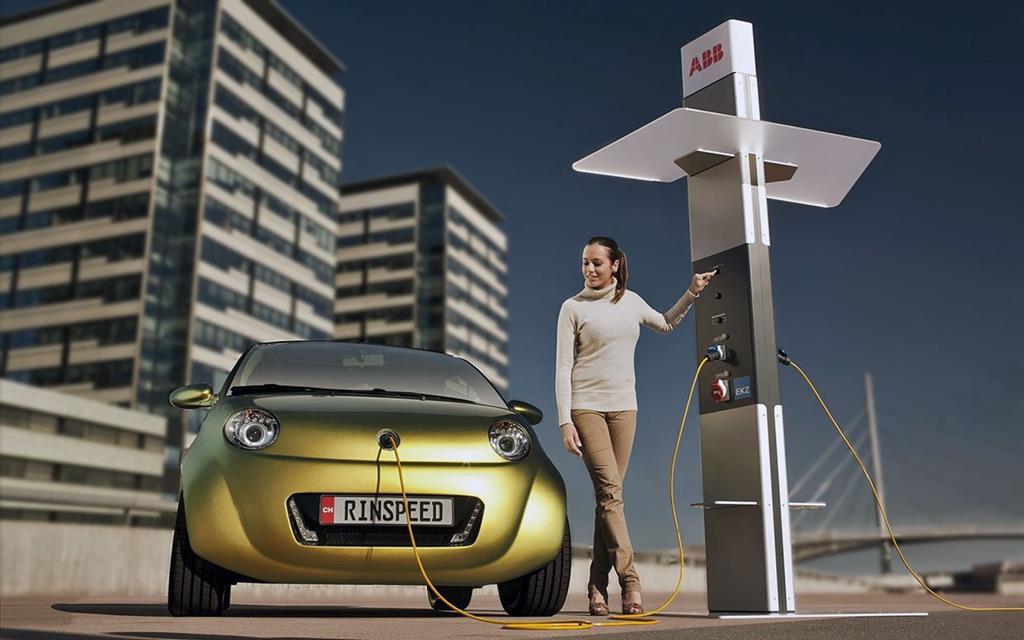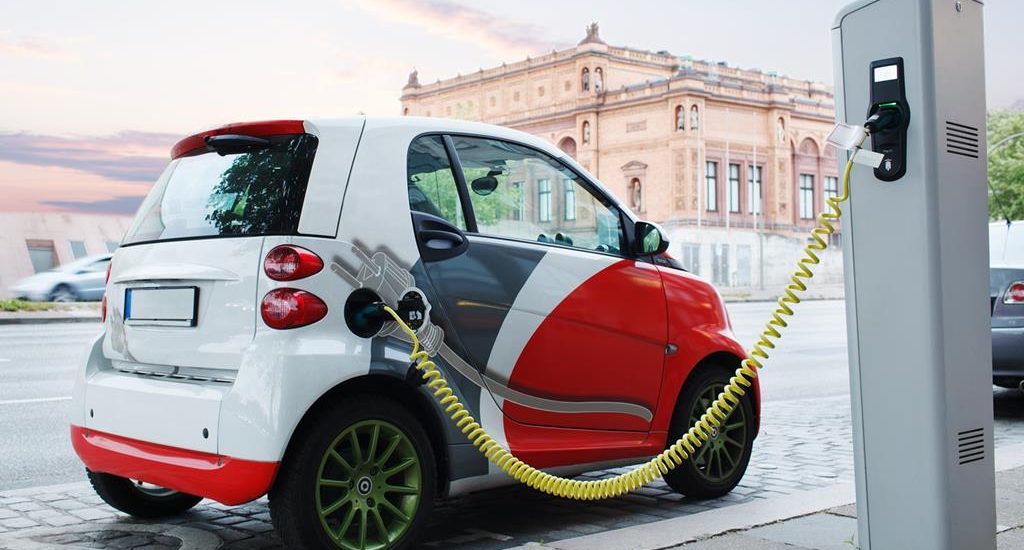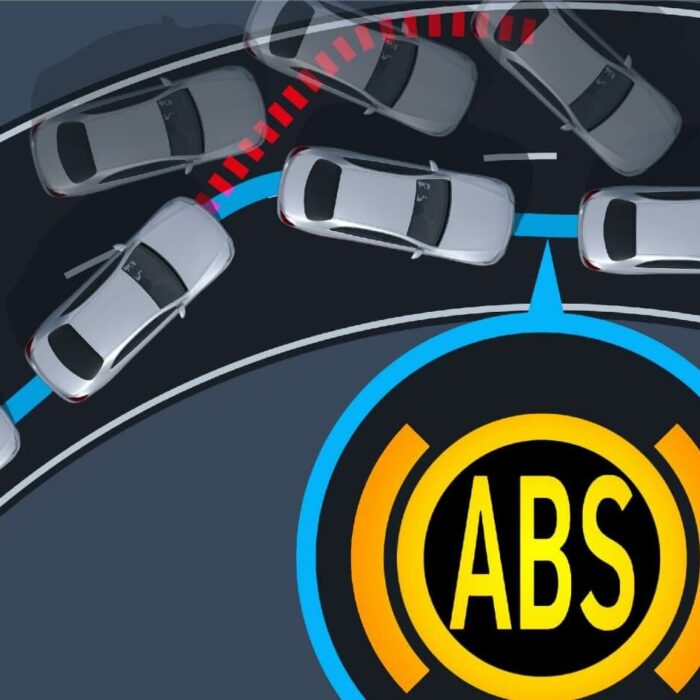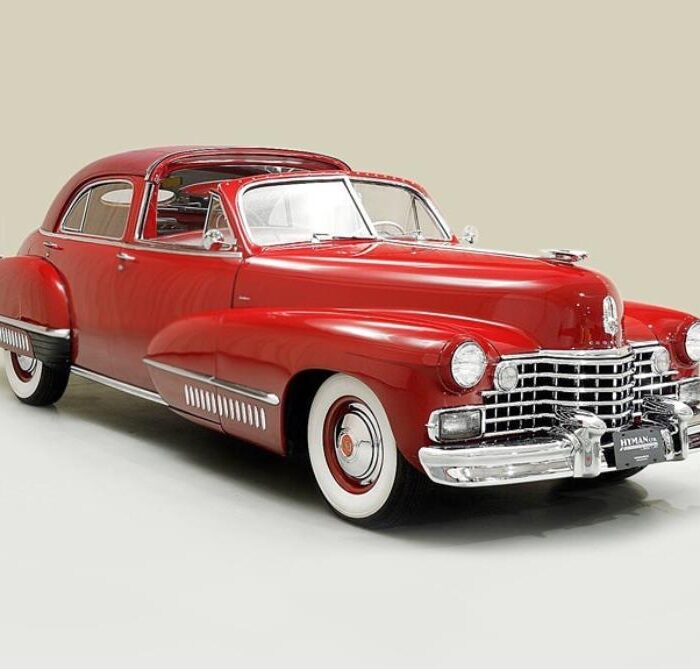Vehicle emissions represent one of the most pressing environmental challenges of our time. The rapid growth of petrol and diesel-powered vehicles has created significant air quality and public health concerns worldwide. As urban populations expand and vehicle ownership increases, the need for cleaner transportation alternatives has never been more urgent.
In major cities globally, rising vehicle numbers correlate with declining air quality, increased respiratory illnesses, and higher cancer rates. The question facing society today is whether the convenience of traditional combustion engines justifies their environmental and health costs. Electric vehicles (EVs) offer a promising solution to this growing crisis.
Why Electric Vehicles Are Better for the Environment
Modern economies increasingly prioritize sustainable practices that preserve ecological balance. Countries worldwide are transitioning to renewable energy sources including hydroelectric power, solar panels, and wind turbines. While these green energy solutions significantly reduce harmful emissions, their full environmental potential cannot be realized until electric vehicles become the standard on our roads.
Electric cars boast impressive efficiency ratings of 80-95%, compared to just 25% for traditional combustion engines. This means EVs convert energy to motion nearly four times more effectively than conventional vehicles, making them substantially more environmentally friendly and cost-effective over time.
Key Advantages of Electric Cars
Beyond environmental benefits, electric vehicles offer numerous practical advantages that enhance the driving experience:
- Instant Torque and Acceleration: Electric motors deliver maximum torque immediately, even at low speeds, providing rapid acceleration that surpasses most combustion engines.
- Superior Handling and Stability: Battery placement at the vehicle’s base lowers the center of gravity, creating exceptional maneuverability and balance similar to a self-righting toy.
- Whisper-Quiet Operation: EVs produce virtually no noise, even at highway speeds up to 120 km/h, dramatically reducing noise pollution in urban areas.
- Lower Maintenance Costs: Fewer moving parts mean reduced mechanical wear and lower long-term maintenance expenses.
- Government Incentives: Many countries offer tax credits, purchase subsidies, and special privileges such as access to bus lanes and preferential parking.
European nations have led the adoption of electric vehicles through generous government incentives and expanding charging infrastructure. Modern EV batteries have become increasingly robust, withstanding vibration, temperature fluctuations, humidity, and road salt exposure far better than earlier generations.

Current Challenges Facing Electric Vehicle Adoption
Despite their advantages, electric vehicles face technical challenges that currently limit widespread adoption. The primary obstacle remains energy storage capacity. Traditional fuel sources like petrol possess high energy density—approximately 12,000 watts per kilogram (W/kg). This allows conventional vehicles to travel hundreds or thousands of kilometers on a single tank.
Current lithium-ion batteries store only about 200 W/kg, roughly 60 times less energy density than petrol. Even accounting for the superior efficiency of electric motors (three times better than combustion engines), battery technology would need to improve energy density by approximately 20 times to match the range of traditional vehicles.
The main limitations of electric vehicles today include:
- Extended Charging Times: Full battery charges can take several hours, unlike the minutes required to refuel conventional vehicles.
- Limited Driving Range: Battery capacity constraints reduce the distance EVs can travel on a single charge compared to petrol vehicles.
- Size Constraints: Current battery technology limits vehicle size and passenger capacity in many electric models.
- Insufficient Charging Infrastructure: Many regions still lack adequate charging station networks, particularly in developing markets.
Innovative Solutions: Smart Roads and Wireless Charging
Researchers worldwide are developing revolutionary solutions to overcome EV limitations. One promising innovation combines renewable energy sources with smart road infrastructure. This system would eliminate the need for traditional plug-in charging by embedding wireless power transmission technology beneath road surfaces.
The concept involves installing transmitters under asphalt that can transfer 10 kilowatts of power at distances up to two meters. As electric vehicles drive over these equipped road sections, they continuously receive power. Onboard batteries would only be needed for acceleration, hill climbing, or driving on non-equipped roads. This technology could enable virtually unlimited driving range on properly equipped highways.
Electric Vehicle Charging: Practical Considerations
Electric vehicles can help balance electrical grid demand by utilizing off-peak charging. Global energy consumption drops significantly at night and peaks during daytime hours. By charging EVs overnight—just as you charge mobile devices and laptops—drivers can take advantage of lower electricity rates and reduced grid strain.
Typical charging patterns include:
- Overnight Home Charging: A full charge typically takes 7-8 hours using standard home charging equipment.
- Workplace Charging: Many employers now offer charging stations, allowing drivers to replenish batteries during work hours.
- Fast Charging Stations: Rapid chargers can restore 80% battery capacity in approximately 25 minutes, though most EV owners use these stations infrequently.
Charging costs vary by location and electricity rates, but generally remain significantly lower than gasoline expenses. Range expectations also vary by season—winter conditions with heating, lights, and wipers active may reduce range, while summer driving typically extends it. This makes electric vehicles particularly well-suited for urban commuting and short-to-medium distance travel.
The Future of Electric Vehicle Technology
Battery technology continues advancing rapidly. Modern EV batteries maintain 100% capacity for approximately five years and retain 80% capacity for a decade or more. While batteries can represent up to 70% of an electric vehicle’s cost, ongoing research promises significant improvements in capacity, longevity, and affordability.
Emerging battery technologies already demonstrate the potential for extended ranges exceeding current limitations. As development accelerates, experts predict that combustion engine vehicles will become obsolete within the next few decades, following the same path as horse-drawn carriages before them.

International Travel and Driving Documentation
Whether you drive an electric vehicle or conventional car, international travel requires proper documentation. An International Driving Permit (IDP) allows you to legally operate vehicles across multiple countries and continents, making global travel more convenient and accessible.
If you don’t yet have an International Driving License, you can apply conveniently through our website to ensure you’re prepared for driving adventures worldwide.

Published April 23, 2018 • 6m to read





